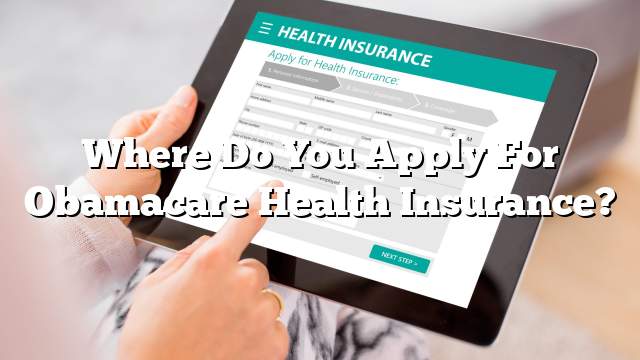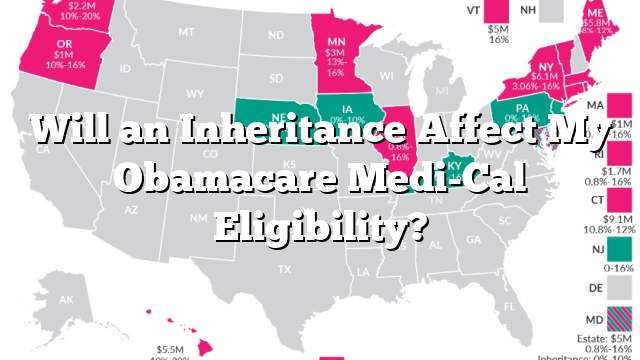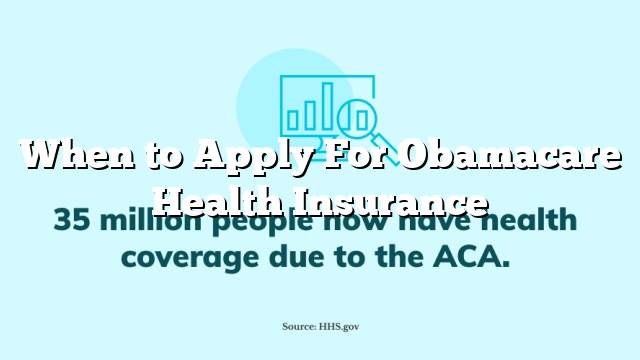

Health insurance exchanges or marketplaces provide an easy way for individuals to shop for health plans. Here, they can apply for cost assistance programs, compare prices, and switch plans during open enrollment periods.
The Affordable Care Act, more commonly known by its acronym Obamacare, guarantees health coverage to everyone regardless of genetics or preexisting conditions, while mandating that all Americans either purchase health insurance or face penalties.
Open Enrollment Period
The Health Insurance Marketplace allows you to shop and compare plans until you find one that suits both your needs and budget. In addition, you can apply for coverage and learn if you qualify for free or reduced-cost care under Medicaid or CHIP; or save with subsidies tailored specifically for you based on income.
Open enrollment is an annual period when those without job-based health insurance can enroll or make changes to a marketplace plan, typically running between November 1 and January 15. You may qualify to enroll outside of open enrollment in certain circumstances such as getting married, having a baby, losing other coverage or showing financial hardship based on estimated household income estimates.
New York State of Health makes enrolling in Medicaid and the Essential Plan simple throughout the year; or if you’re an employee, open enrollment periods might differ according to your job-based plan.
Special Enrollment Period
Special enrollment periods provide you with a 60-day window after experiencing certain life events that allow them to enroll in Marketplace coverage. Qualifying events include losing previous coverage, moving, giving birth or experiencing changes to household income; the Affordable Care Act defines qualifying individuals as those earning up to 150% of federal poverty level.
As of 2018, new rules (and an accompanying statutory definition) clarify that anyone experiencing a marriage SEP can select a plan together with existing dependents (provided their application falls within the general open enrollment period). As of 2023, however, the Affordable Care Act still mandates first-of-month effective dates.
Also in states with their own exchanges and some off-exchange insurers, carriers may require proof of qualifying life events when applying outside open enrollment for coverage outside their marketplaces. This verification process has become standard across 100% of SEP applications (both on and off exchange) as well as all Marketplace applicants despite not receiving subsidies.
Qualifying Life Events
Each year, Americans are afforded an Open Enrollment Period in which to purchase individual and family private health insurance policies, usually running from November to mid-January in most states. However, special enrollment periods may become necessary under certain circumstances such as losing or altering employment status (whether voluntary or involuntary), marriage, giving birth, adopting children or significant income changes; as well as other qualifying life events like graduating out of Children’s Health Insurance Program eligibility.
These circumstances permit you to enroll in a marketplace plan outside of the annual open enrollment period, providing a 60-day window in which to purchase major medical health coverage individually or as a family plan – and make any necessary modifications during this time as well.
Subsidies
The Affordable Care Act (ACA) offers subsidies to assist low-income individuals purchase health insurance through its exchange. Eligible households will receive subsidies that vary based on how many members there are in their household and their relative position relative to federal poverty level; once qualifying households receive this help they can either have it paid directly into their bank accounts or when filing taxes.
The premium tax credit is a form of financial assistance that can help offset the costs of marketplace plans or Medicaid in states that expanded Medicaid if a household falls below 400% of FPL (silver plans only in states that expanded). A household’s income is determined by projecting what their annual income would appear like during open enrollment; if actual income exceeds projected, some or all of the advanced subsidies must be returned back.






